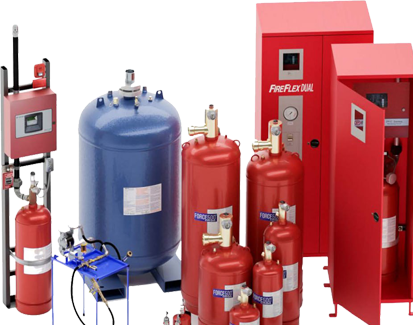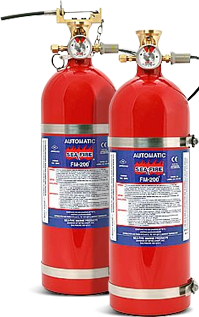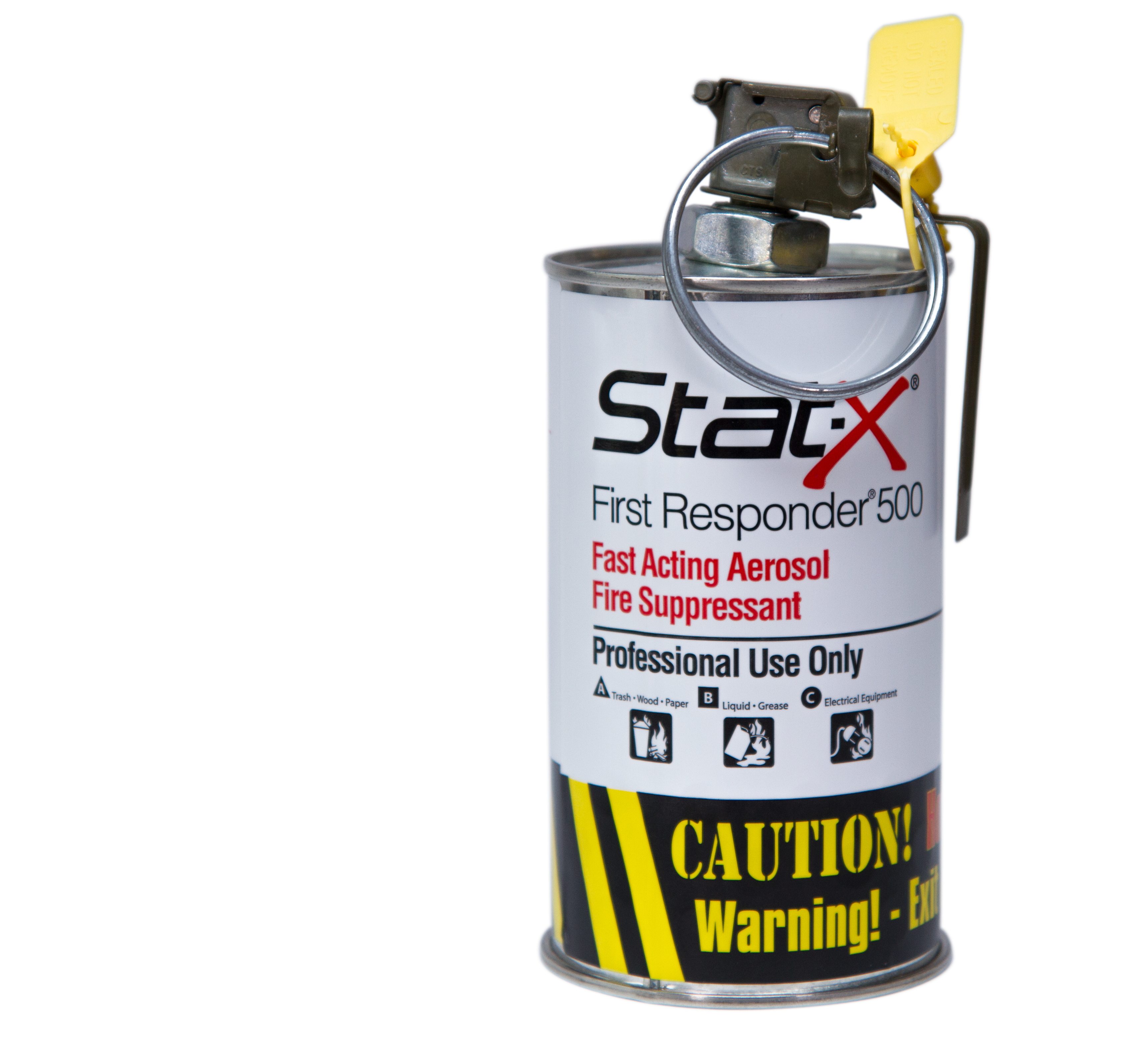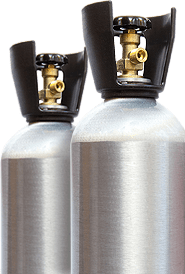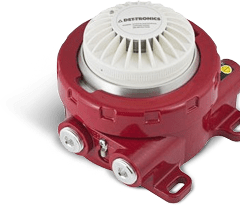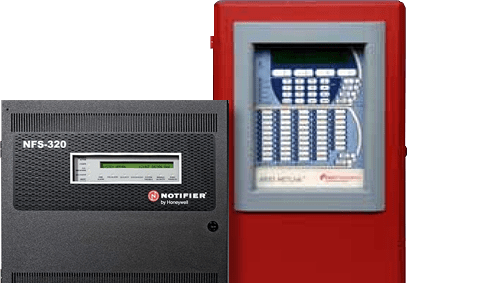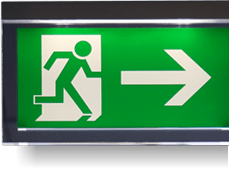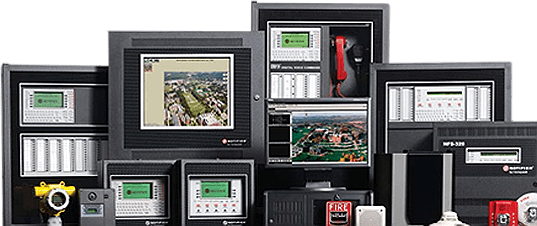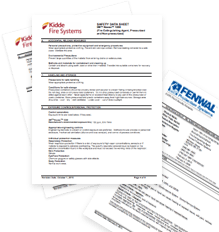Comparison of Fire Suppression Systems: FM-200 vs Novec 1230
The 21st century has brought immeasurable amounts of innovation across a wide range of industries. When it comes to fire suppression , water is becoming a tool of the past. With the ever-changing landscape of technology in every facet of our lives along with the mainstream use of highly-combustible materials making their way into modern-day furnishings, the need for rapid fire suppression is far greater than ever before. FM-200 fire suppression systems and Novec 1230 FK-5-1-12 systems are changing the face of fire suppression and fighting 21st century fires with fire suppression technology.
Comparison Table of FM-200 & Novec 1230
|
|
3M™ Novec™ 1230 |
FM-200 Explore further
Safeguarding Your World: Mitigating Lithium-ion Battery Fire Hazards
What are the best practices for mitigating fire risks in warehouses and storage facilities
The Importance of Specialized Fire Protection Services in Industrial Settings
Fire Protection Tips for Industrial Buildings: A Specialist's Insight
|
|
Type of Compound |
Fluid Fluoroketone |
Hydrofluorocarbon |
|
Appropriate for fire hazards |
Class A, B and C |
Class A, B and C |
|
Electrically non-conductive People also search |
Yes |
Yes |
|
Discharge Time |
10 seconds or less |
10 seconds or less |
|
Storage |
Stored as a liquid |
Stored as a liquefied compressed gas |
|
Proximity of Cylinders to Protected Space |
Must be located very near or within the space to be protected |
Must be located very near or within the space to be protected |
|
Environmental Impact: |
||
|
Ozone Depletion Potential (ODP) |
None |
None |
|
Atmospheric Lifetime (Years) |
0.014 |
33-36.5 |
|
Global Warming Potential (GWP) |
1 |
3500 |
|
Global Environmental Warranty on Agent (Years) |
20 Years |
None |
|
Subject to Phase-Down under EU F-Gas Regulation |
No |
Yes |
|
Subject to U.S. Proposals for Global Phase-Down under Montreal Protocol |
No |
Yes |
|
Subject to Potential U.S. EPA SNAP Status Change Proposals Directed at HFCs |
No |
Yes |
|
Manufacturer Advocating for Global HFC Phase-Down |
Yes |
Yes |
|
|
||
|
Safe for humans? |
Yes |
Yes |
|
Potential Health Effects: |
||
|
Concentration |
4.0-6.0% |
6.7-8.7% |
|
No Observable Adverse Effects Level (NOAEL) |
10% |
9% |
|
Clean Up |
None |
None |
|
Cost |
Varies based on a number of factors; Typically higher in price than other systems |
Varies based on a number of factors; Typically less expensive than Novec 1230 and requires less agent to protect a larger area |
|
Systems are typically used in areas such as |
Server rooms, heathcare facilities, libraries/record rooms, archives and museums, marine applications, any place with assets that could be ruined by water |
Server rooms, heathcare facilities, libraries/record rooms, museums, military applications, any place with assets that could be ruined by water |
Novec 1230
The Novec 1230 fire suppression system was designed as an alternative to hydrofluorocarbon and a replacement for halon. It's stored as a liquid but discharged as a non-toxic gas. Unlike other fire suppression systems that displace oxygen or drown fires in water, the Novec 1230 clean agent system is a waterless gas that interrupts a fire by absorbing the heat. This disruption quickly breaks the chemical chain reaction that a fire needs to thrive. The Novec 1230 system is electrically non-conductive, leaves no residue, and is safe for human occupancy.
FM-200
The FM-200 fire suppression system is another innovative clean agent fire suppression method that's intended to act as a halon alternative. It's a hydrofluorocarbon compound that's also known as HFC-227ea. It's discharged as a, waterless, colorless, non-toxic gas. FM-200 fire suppression systems are comprised of carbon, fluorine, and hydrogen which work together to also interrupt a fire's chemical chain reaction and remove the heat which then stops a fire before it ever has a chance to spread. The FM-200 clean agent system is also electrically non-conductive and safe for human occupancy,
Novec 1230 vs. FM-200
Environmental Impact of Novec 1230 and FM-200
There have been concerns regarding the environmental impact of fire suppression systems for many years. FM-200 fire suppression was the first halon replacement to hit the market when it became apparent that halon was a detriment to environmental health. Both Novec 1230 and FM-200 fire suppression systems are significantly safer for the environment than older methods of fire suppression, and both agents cause zero ozone depletion. However, FM-200 has a global warming potential of 3500 and an atmospheric lifetime of 33-36.5 years, while the Novec 1230 clean agent system has a global warming potential equal to carbon dioxide at just 1 and a miniscule atmospheric lifetime of 0.014 years, or about five days. This makes Novec 1230 significantly safer for the environment, there are now new regulations against the use of the FM-200, see the following link for the EPA new rules for HFCs. https://www.epa.gov/climate-hfcs-reduction/final-rule-phasedown-hydrofluorocarbons-establishing-allowance-allocation
Human Safety Level
Both Novec 1230 and FM-200 are considered safe for use around humans. The Novec 1230 system is used at a concentration level of 4.0-6.0% and its No Observable Adverse Effects Level (NOAEL) is 10%. What this means is that during testing, researchers found that Novec 1230 did not cause any adverse effects on humans until it was used at 10% concentration, or approximately double what the recommended concentration is. The FM-200 system has a concentration use of 6.7-8.7% and a NOAEL of 9%. This means that there is less of a margin between FM-200's use concentration and the concentration level where humans can be affected, however, FM-200 remains perfectly safe when used at proper levels. Additionally, neither of these clean agents displace oxygen when discharged and they do not obstruct vision which means the environment remains safe for humans as they remain working or exit the building.
Storage
Clean agents like FM-200 and Novec 1230 are stored in cylinders until they are ready to be discharged through a system of pipes in a carefully calculated concentration. FM-200 requires less of the compound to protect a greater area than Novec 1230. Because of this, a Novec 1230 suppression system may require more cylinders to protect the same amount of space, thus creating the need for more storage space. As for the compounds themselves, both are discharged as a gas but Novec 1230 is stored as a liquid and FM-200 is stored as a liquefied compressed gas.
Discharge Time
FM-200 and Novec 1230 have the same discharge time of 10 seconds or less, which is exponentially faster than other fire suppression systems.
Clean Up
Because both clean agents are waterless and leave no residue, there is no clean up time at all. This is revolutionary in the world of fire suppression and enables businesses to continue working with very minimal downtime, if any.
Systems are typically used in areas such as:
Both of these systems are efficient at suppressing types A, B, and C fires. Anywhere that A, B, and C fire hazards exist is ideal for either of these compounds. Both systems are generally used in the same types of areas and industries like data centers, IT rooms, museums, archives, libraries, healthcare facilities, laboratories, military applications, and marine appliciations. Both Novec 1230 and FM-200 are electrically non-conductive which allows them to suppress fire while not disrupting machinery or electronics. Additionally, rubber, plastics, and most common metals are not affected and remain completely operational.
Cost
The cost of either fire suppression system varies widely based on its intended use and the amount of space to protect. However, an FM-200 fire suppression system is currently more expensive than a Novec 1230 system because of the phase down of HFC and the new AIM Act in the USA. When considering the entire cost, it's important to consider not just the amount of space to protect, but also the amount of storage needed for the cylinders. Novec 1230 needs slightly more of the compound to protect the same size space as FM-200, which means that the Novec system may need more cylinders which will take up more storage space and ends up adding to the overall cost.
Conclusion
Novec 1230 and FM-200 both offer tremendous fire suppression abilities and contribute overall to decreased revenue losses, significantly less downtime, and better life-safety potential. When it comes to fire suppression, Control Fire Systems currently recommends using Natura™ Inert Gas Systems or Novec 1230 FK-5-1-12 for new installations. There is never a good time for a fire to occur, but now is a good time for you to start making sure your assets are protected should that time ever come. Contact us today so we can help you minimize the possible damage. Control Fire Systems offers a comprehensive selection of fire suppression solutions, including Kidde fire systems' FM-200 and Novec 1230, allowing clients to make informed choices based on their specific safety and protection requirements.





